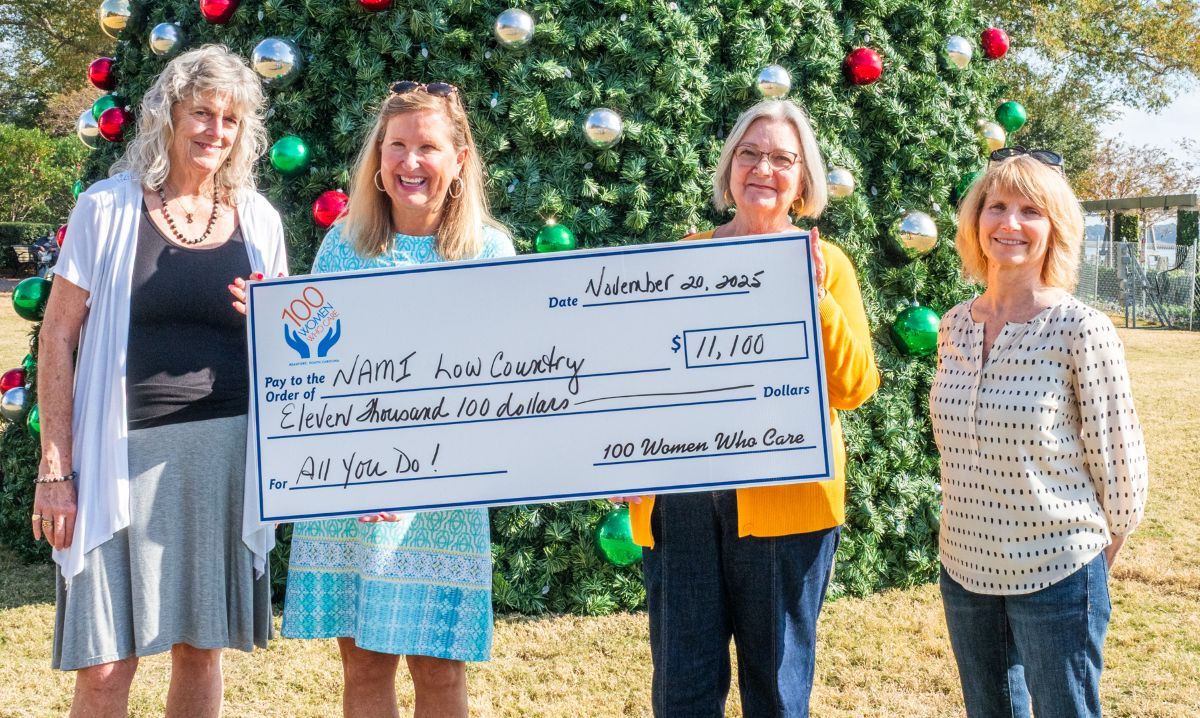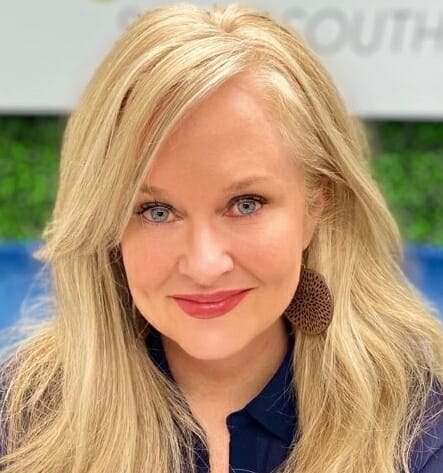It is Thursday, and I’m in Washington, D.C. This morning, I’m standing in the semi-darkness of Level C3, “Slavery and Freedom,” in the National Museum of African American History and Culture. I’m here with my wife, Susan, and my friends, Bill and Karen Stansbury.
The National Museum of African American History and Culture has been open for a couple of years but COVID kept it closed for most of 2020. My wife and I have had this museum on our list but had been told — even as late as last month — that there were no time slots available in August. We decided to come to the Mall anyway, and try a forced frontal assault in the manner of the Proud Boys, but then discovered there were tickets available.
And so I’m standing next to a slave cabin — the actual cabin and not a simulation — looking at photos taken on St Helena Island. The photos show groups of newly freed slaves (aka “Freedmen”) standing in a ragged line, unsmiling as they stare straight into the camera, dressed in way that tells one everything they need to know about the institution of slavery.
As one moves away from the cabin, one encounters more photographs, these taken at Perryclear Plantation on Port Royal Island. Then, later, one encounters Robert Smalls. I’m not talking about a photograph (although there are some of these), I’m talking about a full-sized, bronze, standing-up statue that one might pose next to for the soon-to-be-obligatory photo opportunity. There are, in fact, so many photographs, artifacts and references to Beaufort County, one finally believes Larry Rowland who sometimes says, “American History began in Beaufort County, S.C.”
When we arrived we were advised by the attendants — of which there are many — that the downstairs History Galleries were full of people. We were told we should ascend to the Culture Galleries where we would encounter James Brown, Sam Cooke and the Shirelles.
At that moment I did not want an encounter with Billie Holliday or with Nat King Cole — although I do love their music — and so I persuaded my wife and friends that we ought to descend into the “Transatlantic Slave Trade” in the bottom of this remarkably open building.
Now, I must tell you that I’ve been to Africa — actually to the Isle de Goree’ just off the coast in Senegal. I’ve seen the slave pens with my own eyes and also seen the columned mansions built by this trade in Bristol, England. I also count descendants of these stacked and shackled voyagers — now living on St Helena, Coosaw and Warsaw — as friends.
Make no mistake about my biases in this department.
I also descend from a line of North Carolina farmers who owned slaves. They didn’t own many — mostly in the single digits — but I’ve seen their last wills and testaments and know they conveyed “Mollie, Betsy and Caesar” to their children. So make no mistake about the emotional turmoil I sometimes encounter in places like this.
The presentation of facts in this museum is largely straight-forward and unemotional. In the beginning we get the statistics and few artifacts. There is, for example, the number of slaves carted off by Portugal, 3,894,056, that pretty much dwarfs everyone else including the United States—377,613. We are also told that it was sugar, an insatiable European appetite for sugar, that pulled the chain on the “trade” and that the many of those transported ended-up in Barbados and Brazil.
As one wanders in the semi-darkness one ascends to “The Civil War,” then to “Freedom” and then we come face-to-face with Robert Smalls. Now I must tell you that recently I came face-to-face with his descendants.
There is a cottage on the Old Point that once belonged to Smalls, but came with covenants held by the Historic Beaufort Foundation. Recently it was sold by Smalls’ heirs and Historic Beaufort; and I had a part in this transaction. In that effort I had to contact each of the heirs about the price and the contract.
These heirs are now doctors, preachers, university professors, museum curators and live throughout the United States. Almost every heir is accomplished and was responsive to the contracts and deeds sent by me to them.
I came to believe that Robert Smalls still lives in these people. And that they have overcome a soiled and sordid beginning. And while inequities remain, complete ascendancy is inevitable.
Scott Graber is a lawyer, novelist, veteran columnist and longtime resident of Port Royal. He can be reached at cscottgraber@gmail.com.











